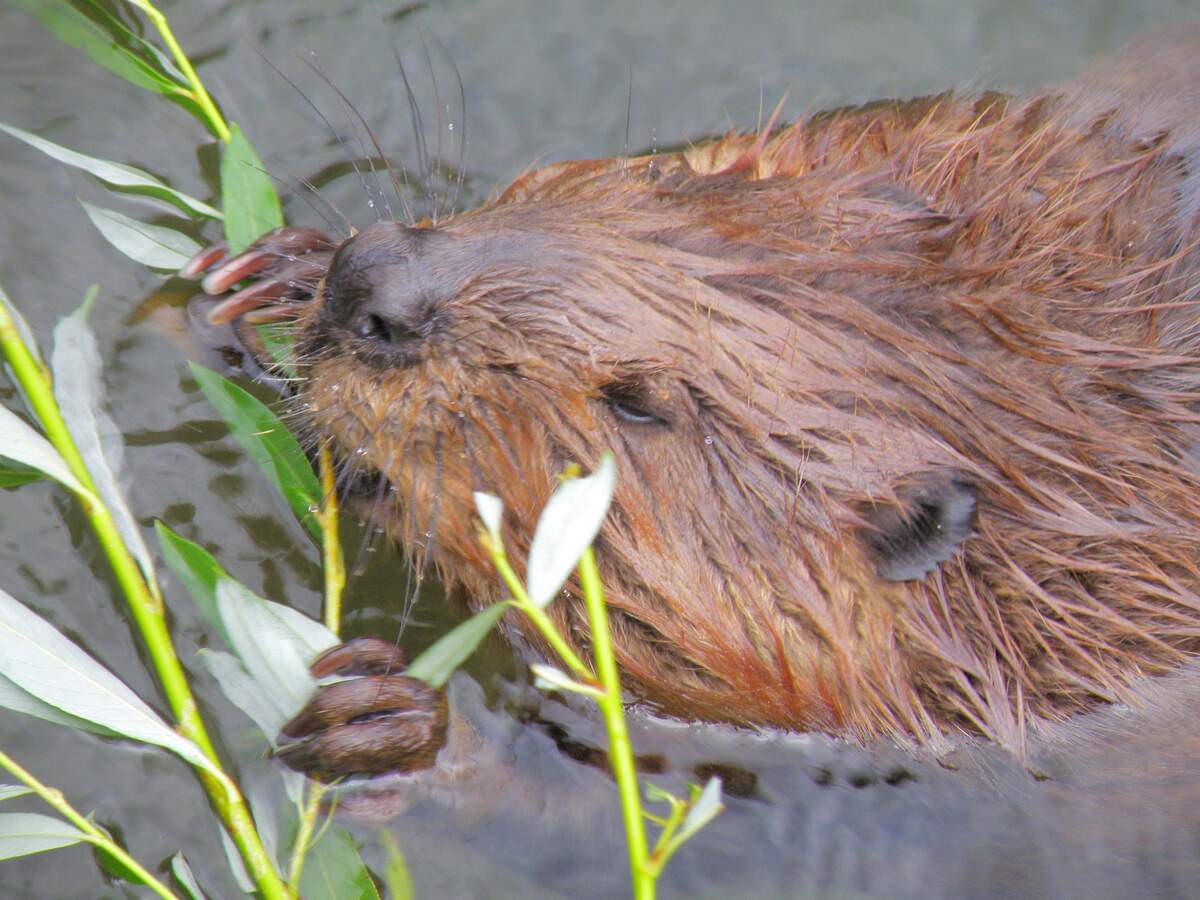

International Beaver Day
International Beaver Day was first celebrated in 2009, after being created by a nonprofit group called Beavers: Wetlands & Wildlife. The group chose April 7 as the date because it is the birthday of Dorothy Richards (1894-1985), a woman who had studied beavers for almost 50 years at the Beaversprite Sanctuary in the Adirondack Mountains of New York. She had been an inspiration for Beavers: Wetlands & Wildlife, and the group's first work was to finish reforming management of the 1,300-acre Beaversprite Sanctuary. They also have worked to stop anti-beaver legislation from being passed in several states, and have worked to find solutions to human and beaver conflicts. Eventually, they became an internationally recognized authority on beavers. In the first year of International Beaver Day, they donated almost 1,000 copies of the teachers' edition of their DVD Coexisting with Beavers to schools.
Sometimes weighing over 40 pounds, there are two types of beavers, the North American beaver and the European beaver. Beavers mate for life, beginning in their third year, and their babies are called kits. They stay with their parents for two years, and in their second year they become babysitters of the new arrivals.
Water lily tubers, apples, and leaves and green bark from fast-growing trees like aspen are common foods for beavers. Beaver teeth never stop growing, and if wood wasn't gnawed on, they would get too long. When beavers cut trees, the pruning helps the trees grow bushier the following year. The standing dead wood that is created becomes a home for insects, which also attracts birds. Beavers use sticks to build dams, as well as their homes, called lodges. They stay warm in their lodges during the winter months, which give them underwater access to the ponds and streams they are built on. They may live in a beaver colony of more than six beavers, which usually consists of parents, yearlings, and kits.
The impact of beavers on the environment is important, and only humans can do more to transform an environment than beavers. Some of what they do is instinctive, but they also learn from imitation of other beavers and through experience. Beavers like to dam streams in shallow valleys, and the flooded areas become wetlands. Wetlands are an important ecosystem and are similar in biodiversity to rainforests. They cleanse and purify the water and filter silt from streams. They help keep water on land longer, which decreases damages from floods and droughts. They help moderate the flow of streams and lessen erosion. It costs many thousands of dollars to create wetlands, but beavers can do it for free.
There is now 5 to 10% of the beaver population in North America that there was before European colonization, and there is even less surviving of the European beaver. Beavers were almost completely wiped out of North America, Europe, and Asia in the early 1900s, because of trapping and the draining of lands for agriculture. The loss of beavers would have many negative effects on the environment. Wetlands would drain, waterways would be disconnected from floodplains, water wouldn't stay on land as long, silt wouldn't be filtered from streams, and there would be more erosion, pollution, floods, and droughts. This illustrates the importance of having a day dedicated to beavers.
How to Observe International Beaver Day
Celebrate the day by visiting a beaver pond or a stream. Look for lodges and dams! The largest beaver dam is in Wood Buffalo National Park in Alberta, Canada. At a length of 850 meters, it is visible from space. Spend the day educating others about the importance of beavers. Maybe you could even write a letter to the editor of your local newspaper. You could become a member of Beavers: Wetlands & Wildlife, and get a copy of one of their DVDs about beavers, such as Coexisting with Beavers. Books about beavers could also be read. Pilgrims of the Wild by Grey Owl is a book about protecting the environment of beavers. It is what got Dorothy Richards interested in beavers after she read it in 1935. Along with Hope Sawyer Buyukmihci, Dorothy Richards wrote Beaversprite: My Years Building an Animal Sanctuary, which could also be read. Beavers: Wetlands & Wildlife suggest emailing them with your plans for the day. They often give out memberships and other prizes to those who send them the best plans for the day.





















